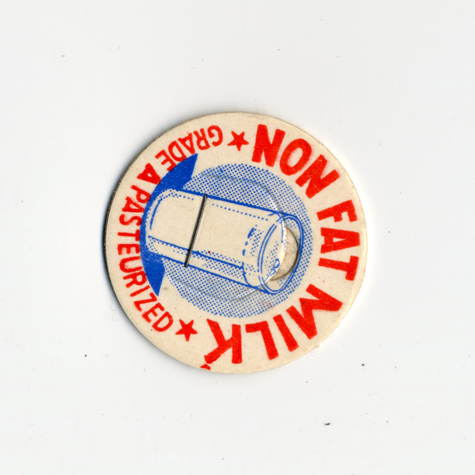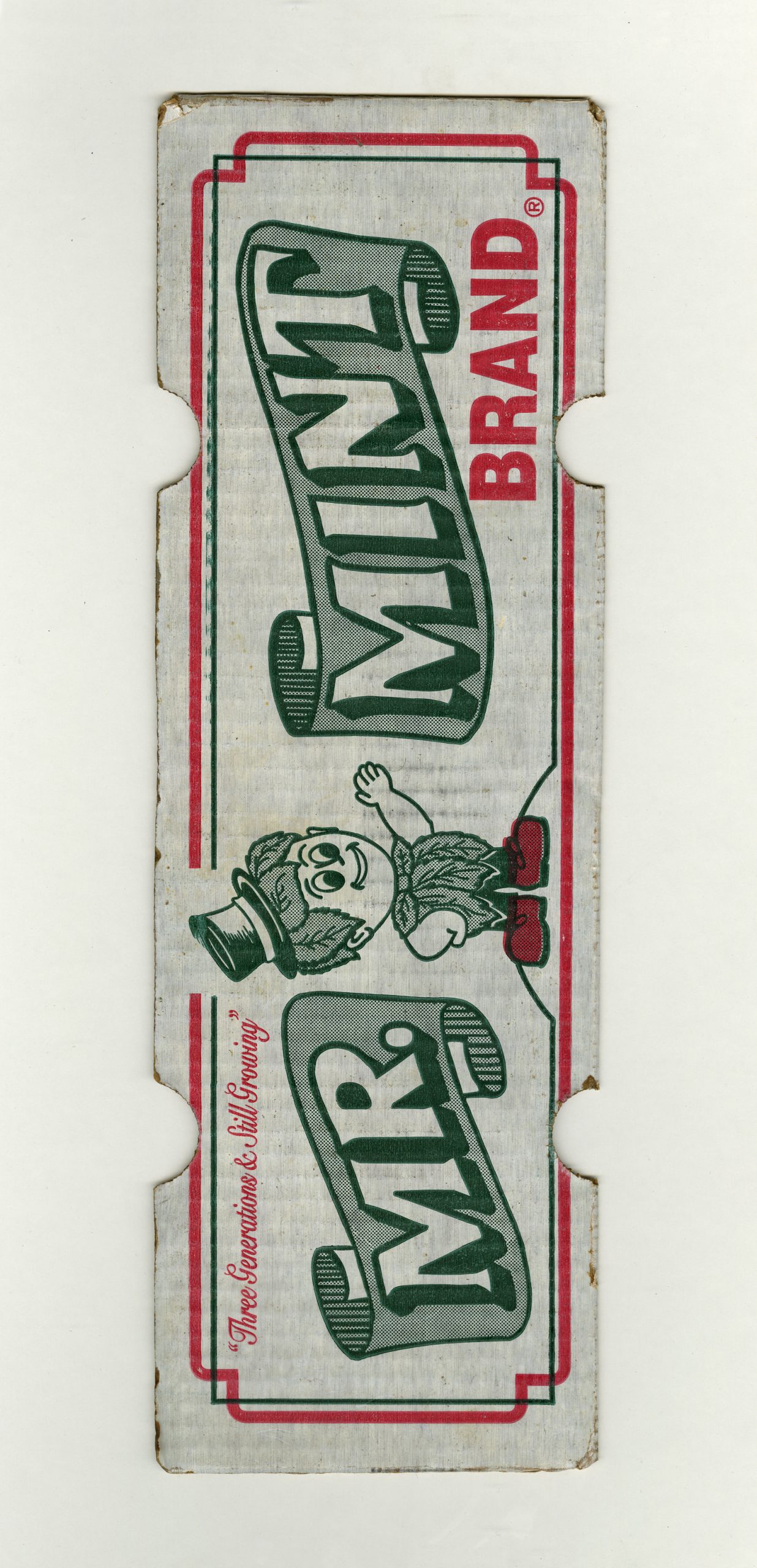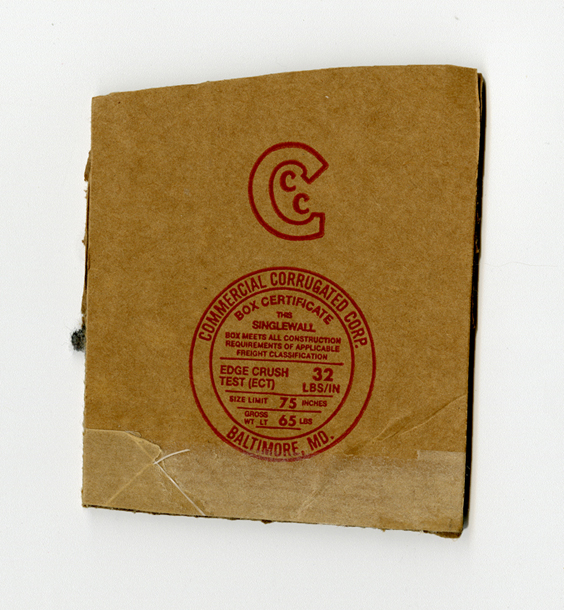
Milk Tops
Advertisements began to appear atop milk bottles in the 1930’s—by the 1940’s it had become standard for every dairy to use cardboard tops to advertise and brand their products. In the decade that followed, during the height of their popularity and distribution, cardboard tops were deemed unhygienic and banned in many locations. Aluminum and plastic tops began to replace the decorated cardboard tops, and by the 1960’s they had move into a state of obscurity.
Visit Milk Tops Collection »

